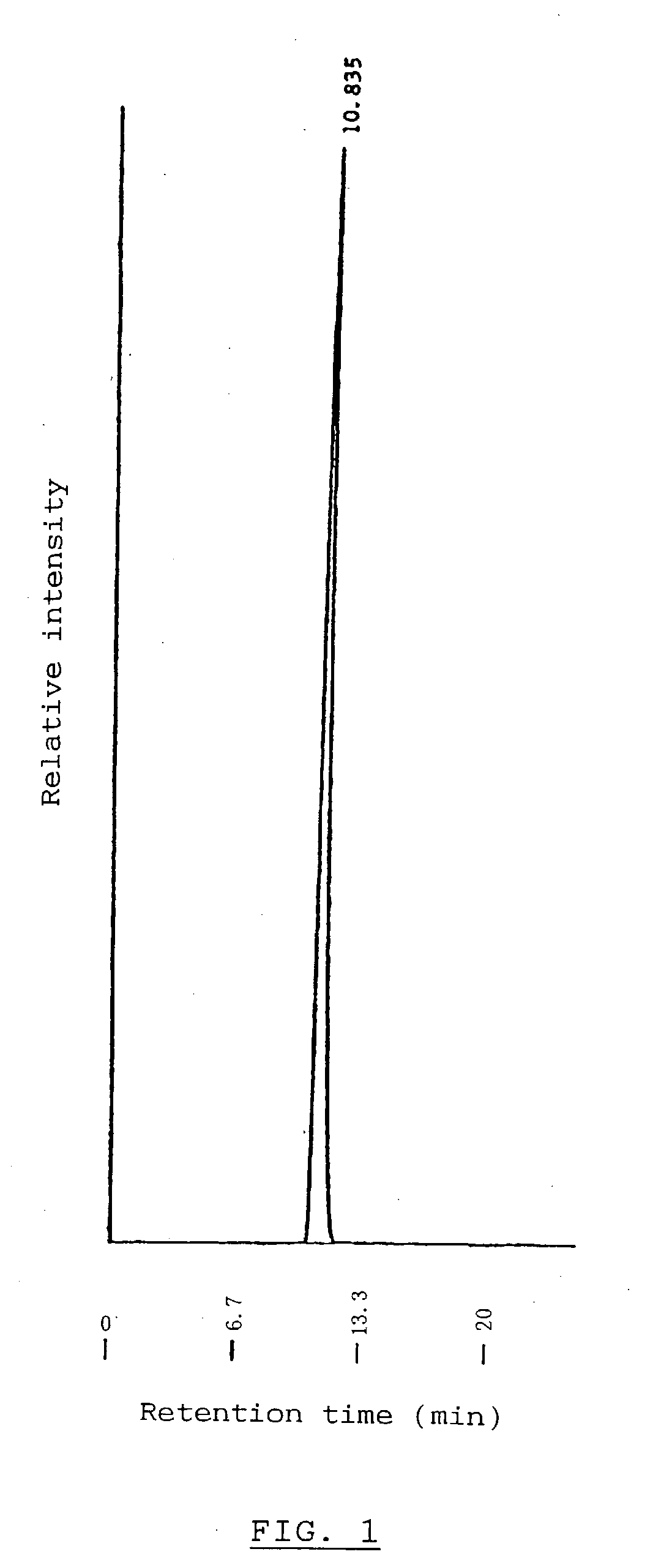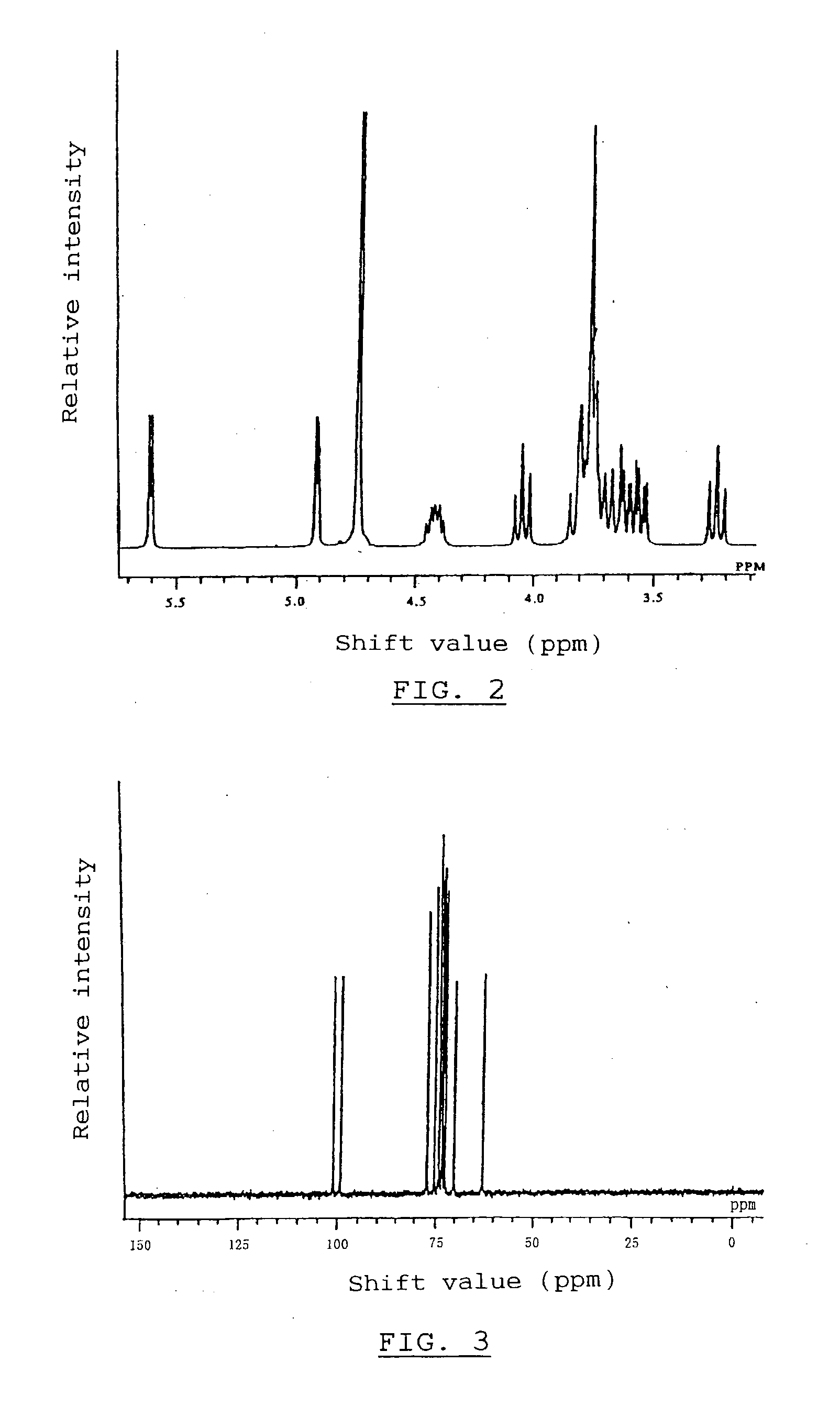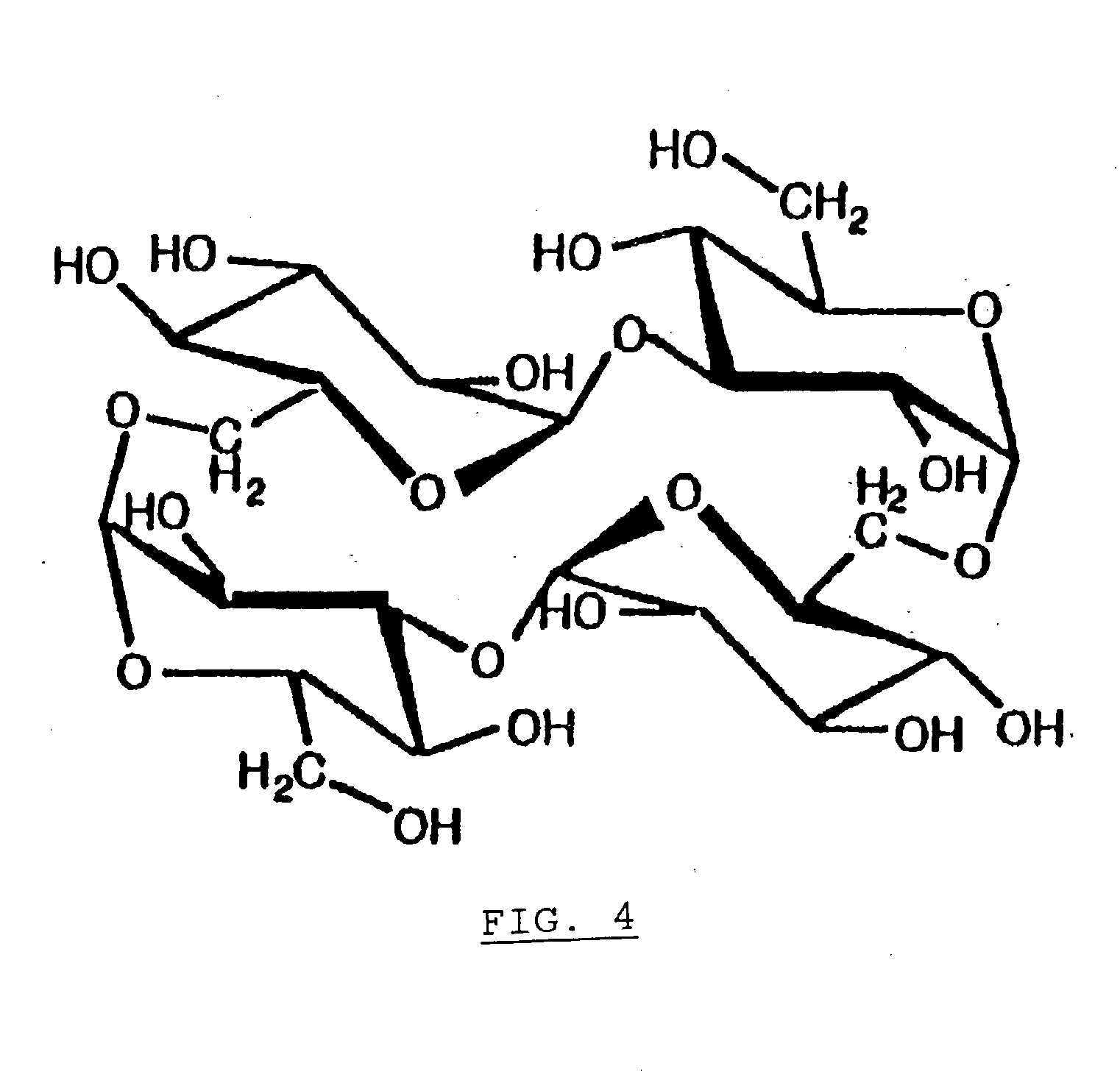Alpha-Isomaltosylglucosaccharide synthase, process for producing the same and use thereof
a technology of isomaltosylglucose and alpha-isomaltosylglucose, which is applied in the preparation of sugar derivatives, oligosaccharides, hydrolases, etc., can solve the problems of inability to obtain saccharide, alternan and alternanase, and limited types of non-or low-reducing saccharides, so as to improve the taste and quality of food products, improve the taste and quality of wag
- Summary
- Abstract
- Description
- Claims
- Application Information
AI Technical Summary
Benefits of technology
Problems solved by technology
Method used
Image
Examples
example a-1
[0653] A microorganism of the species Bacillus globisporus C9, FERM BP-7143, was cultured by a fermentor for 48 hours in accordance with the method in Experiment 3. After completion of the culture, the resulting culture was filtered with an SF membrane to remove cells and to collect about 18 L of a culture supernatant. Then the culture supernatant was concentrated with a UF membrane to collect about one liter of a concentrated enzyme solution containing 8.8 units / ml of the .alpha.-isomaltosylglucosaccharide-forming enzyme of the present invention and 26.7 units / ml of .alpha.-isomaltosyl-transferring enzyme.
[0654] A potato starch was prepared into an about 2% starch suspension, admixed with calcium chloride to give a final concentration of 1 mM, adjusted to pH 6.0, and heated at 95.degree. C. for about 20 min to gelatinize the starch. The resulting mixture was then cooled to about 35.degree. C. and admixed with 0.25 ml of the above concentrated enzyme solution to one gram of the star...
example a-2
[0656] A potato starch was prepared into an about 6% starch suspension, admixed with calcium carbonate to give a final concentration of 0.1%, adjusted to pH 6.0, further admixed with 0.2% per gram starch, d.s.b., of "TERMAMYL 60L", an .alpha.-amylase commercialized by Novo Industri A / S, Copenhagen, Denmark, and then heated at 95.degree. C. for about 10 min. Thereafter, the mixture was autoclaved at 120.degree. C. for 20 min and then promptly cooled to about 35.degree. C. to obtain a liquefied solution with a DE (dextrose equivalent) of about four. To the liquefied solution was added 0.25 ml per gram starch, d.s.b., of the concentrated enzyme solution in Example A-1 containing .alpha.-isomaltosylglucosacchar-ide-forming enzyme and .alpha.-isomaltosyl-transferring enzyme, followed by the enzymatic reaction at pH 6.0 and 35.degree. C. for 48 hours. The reaction mixture was heated to and kept at 95.degree. C. for 10 min and then cooled and filtered. The filtrate was in a conventional ma...
example a-3
[0658] A microorganism of the species Bacillus globisporus C11, FERM BP-7144, was cultured by a fermentor for 48 hours in accordance with the method in Experiment 6. After completion of the culture, the resulting culture was filtered with an SF membrane to remove cells and to collect about 18 L of a culture supernatant. Then the culture supernatant was concentrated with a UF membrane to collect about one liter of a concentrated enzyme solution containing 9.0 units / ml of the .alpha.-isomaltosylglucosaccharide-forming enzyme of the present invention and 30.2 units / ml of .alpha.-isomaltosyl-transferring enzyme. A tapioca starch was prepared into an about 25% starch suspension which was then admixed with 0.2% per gram starch, d.s.b., of "NEO-SPITASE", an .alpha.-amylase commercialized by Nagase Biochemicals, Ltd., Kyoto, Japan. Thereafter, the reaction mixture was autoclaved at 120.degree. C. for 20 min and then promptly cooled to about 35.degree. C. to obtain a liquefied solution with ...
PUM
| Property | Measurement | Unit |
|---|---|---|
| molecular weight | aaaaa | aaaaa |
| pH | aaaaa | aaaaa |
| temperature | aaaaa | aaaaa |
Abstract
Description
Claims
Application Information
 Login to View More
Login to View More - R&D
- Intellectual Property
- Life Sciences
- Materials
- Tech Scout
- Unparalleled Data Quality
- Higher Quality Content
- 60% Fewer Hallucinations
Browse by: Latest US Patents, China's latest patents, Technical Efficacy Thesaurus, Application Domain, Technology Topic, Popular Technical Reports.
© 2025 PatSnap. All rights reserved.Legal|Privacy policy|Modern Slavery Act Transparency Statement|Sitemap|About US| Contact US: help@patsnap.com



